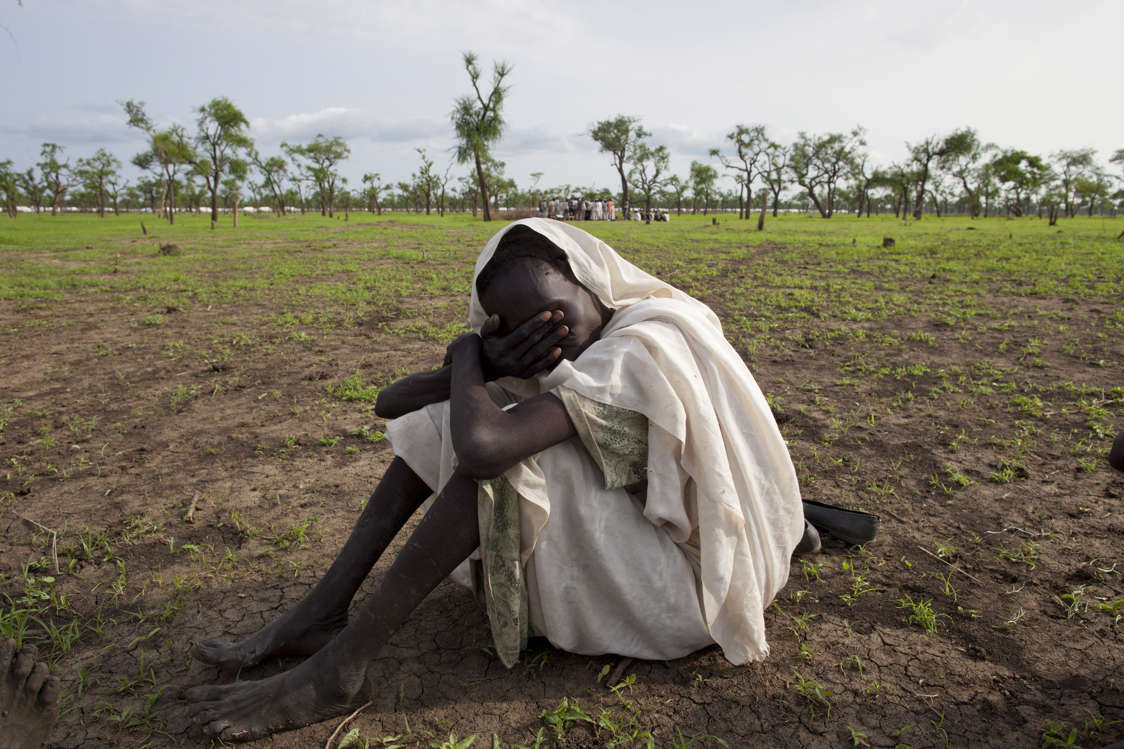Twitter bans posts wishing for Trump death. The Squad wonders where that policy was for them
By Donie O'Sullivan and Alaa Elassar, CNN
The four progressive Democratic congresswomen known as "The Squad" expressed surprise on Friday night when Twitter posted about its policy against wishing harm or death to someone in light of President Trump's Covid-19 diagnosis.

© AFP & Getty Images Democratic Reps. Rashida Tlaib, Alexandria Ocasio-Cortez, Ayanna Pressley and Ilhan Omar have all spoken out about the social media threats they receive and say Twitter isn't doing enough about it.
Democratic Reps. Alexandria Ocasio-Cortez of New York, Rashida Tlaib of Michigan, Ilhan Omar of Minnesota and Ayanna Pressley of Massachusetts have all spoken out about the threats they receive on social media and say Twitter isn't doing enough about it.
Responding to media reporting Friday about people wishing death to the President, a verified account run by Twitter's spokespeople tweeted, "tweets that wish or hope for death, serious bodily harm or fatal disease against *anyone* are not allowed and will need to be removed."
"Seriously though, this is messed up. The death threats towards us should have been taking more seriously by [Twitter]," Rep. Rashida Tlaib tweeted in response.
Reps. Ocasio-Cortez, Omar and Pressley also tweeted suggesting Twitter had not taken threats made against them seriously.
Members of The Squad have often been victims of brutal social media attacks, including posts that have expressed wishes for their deaths.
A quick Twitter search of their names followed by "hang for treason" results in tweets from users calling for the deaths of the congresswomen.
"I hope you both hang for TREASON!" one user tweeted in reference to Tlaib and Omar.
"@IlhanMN you should be tried for treason and i hope they hang you," tweeted another.
The policy highlighted by Twitter's press shop on Friday is not a new one. But tweets that violate Twitter's rules are often missed or not removed by the company, as CNN regularly reports.
"At Twitter, it is our top priority to improve the health of the public conversation, and that includes ensuring the safety of people who use our service. Abuse and harassment have no place on Twitter," a Twitter spokesperson told CNN.
"Our policies -- which apply to everyone, everywhere -- are clear: We do not tolerate content that wishes, hopes or expresses a desire for death, serious bodily harm or fatal disease against an individual or group of people. If we identify accounts that violate these rules, we will take enforcement action."
Twitter said Friday that publicly wishing someone "death, serious bodily harm or fatal disease" does not result in an automatic permanent suspension from its platform. Users who repeatedly send tweets like this may eventually be permanently suspended, however.
Democratic Reps. Alexandria Ocasio-Cortez of New York, Rashida Tlaib of Michigan, Ilhan Omar of Minnesota and Ayanna Pressley of Massachusetts have all spoken out about the threats they receive on social media and say Twitter isn't doing enough about it.
Responding to media reporting Friday about people wishing death to the President, a verified account run by Twitter's spokespeople tweeted, "tweets that wish or hope for death, serious bodily harm or fatal disease against *anyone* are not allowed and will need to be removed."
"Seriously though, this is messed up. The death threats towards us should have been taking more seriously by [Twitter]," Rep. Rashida Tlaib tweeted in response.
Reps. Ocasio-Cortez, Omar and Pressley also tweeted suggesting Twitter had not taken threats made against them seriously.
Members of The Squad have often been victims of brutal social media attacks, including posts that have expressed wishes for their deaths.
A quick Twitter search of their names followed by "hang for treason" results in tweets from users calling for the deaths of the congresswomen.
"I hope you both hang for TREASON!" one user tweeted in reference to Tlaib and Omar.
"@IlhanMN you should be tried for treason and i hope they hang you," tweeted another.
The policy highlighted by Twitter's press shop on Friday is not a new one. But tweets that violate Twitter's rules are often missed or not removed by the company, as CNN regularly reports.
"At Twitter, it is our top priority to improve the health of the public conversation, and that includes ensuring the safety of people who use our service. Abuse and harassment have no place on Twitter," a Twitter spokesperson told CNN.
"Our policies -- which apply to everyone, everywhere -- are clear: We do not tolerate content that wishes, hopes or expresses a desire for death, serious bodily harm or fatal disease against an individual or group of people. If we identify accounts that violate these rules, we will take enforcement action."
Twitter said Friday that publicly wishing someone "death, serious bodily harm or fatal disease" does not result in an automatic permanent suspension from its platform. Users who repeatedly send tweets like this may eventually be permanently suspended, however.





















